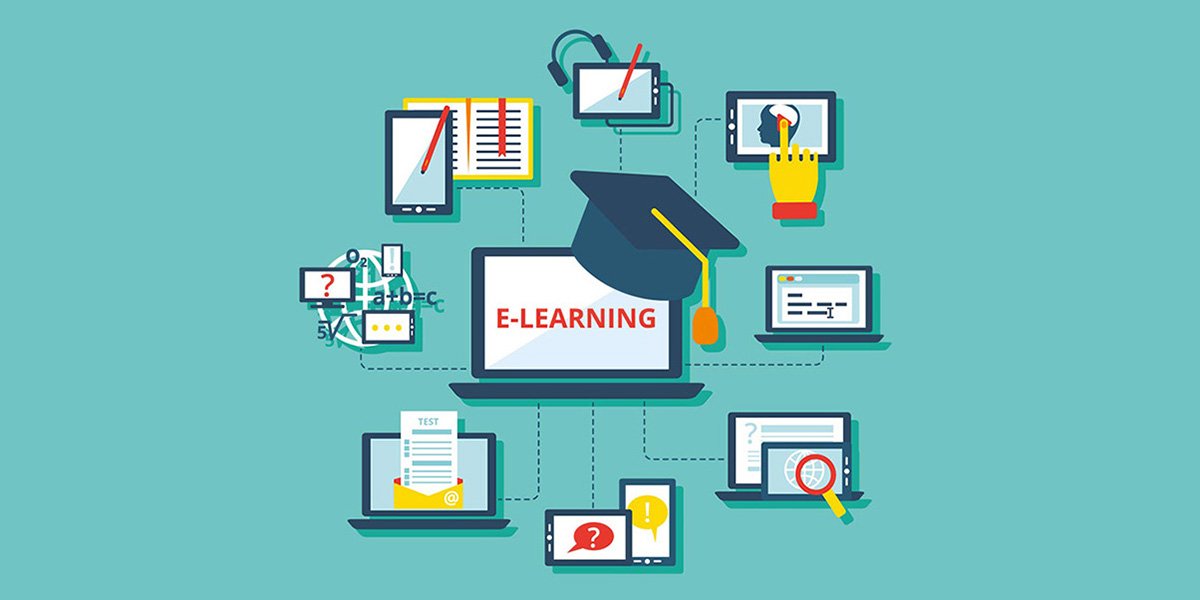- Sakal India Foundation
- February 1, 2021
The year 2020 has brought significant changes in the way education was being imparted in India. Thanks to the Virus that made everyone shift towards digital space for learning & group meetings. The evolution of technological equipment such as Augmented Reality and Virtual Reality, or Digital Simulations, has come so well that it can offer a more engaging and impactful learning experience to the learner.
The schooling industry is bound to grow due to the new education policy in 2020 and the Government’s push for eLearning in different states across India. According to Online Education Market in India 2019 research, the online coaching industry is going to increase by around Rs. 360 Billion by 2024. Today the EdTech companies have big opportunities in the Indian market, and global investors are banking on India’s huge base of school going kids.
The Ed-tech sector is already flourishing, with BYJU’S and Unacademy being the top two companies. Others like Toppr and Vedantu aren’t much behind. I think we’ll see double growth in the entire industry every year in the coming years.
The flagship programme Digital India of the Central Government created with a vision to transform India into a digitally empowered community and knowledge economy. The Digital India programme will certainly help rural Kids through eLearning courses & live lectures.
The Benefits of eLearning:
- Learning is self-paced: Rural kids or any student who studies online can plan their schedule without having to make personal sacrifices to meet the class attendance requirements of teachers and traditional universities. Self-paced learning can lead to increased student satisfaction and reduced stress, resulting in improved learning outcomes for everyone involved.
- eLearning is Student Centric: Student-centred learning (SCL) is a modern-day learning method that aims to put the students in the centre of focus rather than the teachers. Collaborative eLearning and synchronous online learning promote student-to-student interaction.
- eLearning is cost-effective: For students, eLearning reduces all the costs associated with travelling, textbooks, and childcare. For educational institutions, the cost-effectiveness of eLearning can also be advantageous when used together with classroom-based learning. That is known as blended learning, and it’s an ideal alternative to those organizations that are not yet ready to shift over to eLearning completely.
- Customizable Learning Environment: In the scenario of eLearning, the students have complete control over their learning environment. Students can customize their E-Learning environment accordingly.
- eLearning with Analytics: eLearning Analytics can provide valuable information about student learning data from online learning management systems. Student data acquired through eLearning Analytics, educational institutions can improve their training courses and boost learning outcomes in various ways./li>
- eLearning could solve Teacher Scarcity: In the Indian Education sector, the biggest problem is the shortage of experienced teachers. In the rural area, the number is even worse. The eLearning courses compiled by qualified and experienced teachers can serve thousands of students in rural parts of India.
- eLearning is Environment Friendly: The distance learning courses consume less energy and emit very low CO2 emissions compared to a conventional university curriculum. As eLearning is paperless learning, it does not contribute to many of the environmental issues associated with paper production.
- No Textbooks Required: The best part of eLearning is that it requires absolutely no textbooks from its students. Students can access learning materials online without any restriction.
- eLearning is time-efficient: eLearning cuts the learning time by half compared to traditional classroom learning. With self-paced eLearning, we can experience a highly time-efficient learning solution, both for the students and the teachers.
eLearning has changed how knowledge is imparted to learners. Unlike conventional chalk and board technique of learning, eLearning makes learning simpler, easier, and more effective.
The National Education Policy 2020 aims at long overdue reforming of the education system in India. It will ensure the holistic development of a student. The policy encourages eLearning by providing proper digital infrastructure and bridging the extant digital gap.
NEP 2020 proposes to set up more virtual labs and equip schools with digital devices. Besides these, it recommends the use of divyang friendly education software for the students belonging to disadvantaged groups.
Now the latest development in eLearning happened at the All India Council for Technical Education (AICTE). AICTE has roped in 48 EdTech companies to encourage eLearning education for students and learners and offer tech solutions to institutions.
AICTE has launched the second edition of NEAT. The National Education Alliance for Technology 2.0 aimed at bringing together public and private initiatives in education technology and eLearning to a common platform. AICTE will be the facilitator and ensure that the services of these 48 firms are available free or at a lower price to the economically and socially backward students.
NEAT pointed toward using technology to improve learning in higher education. The goal is to use artificial intelligence to make learning more customised and personalised as per the requirements of the students.








Post a Comment